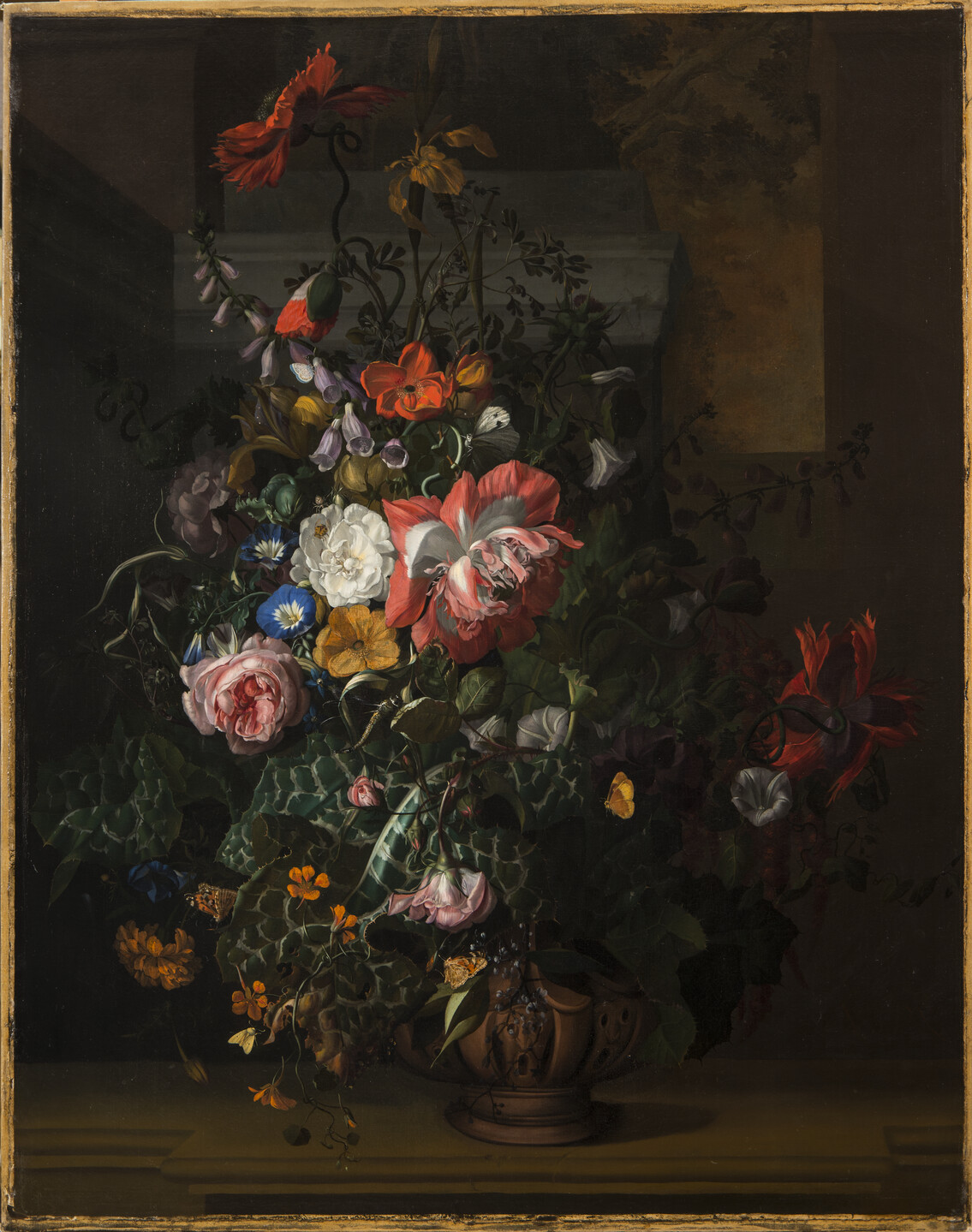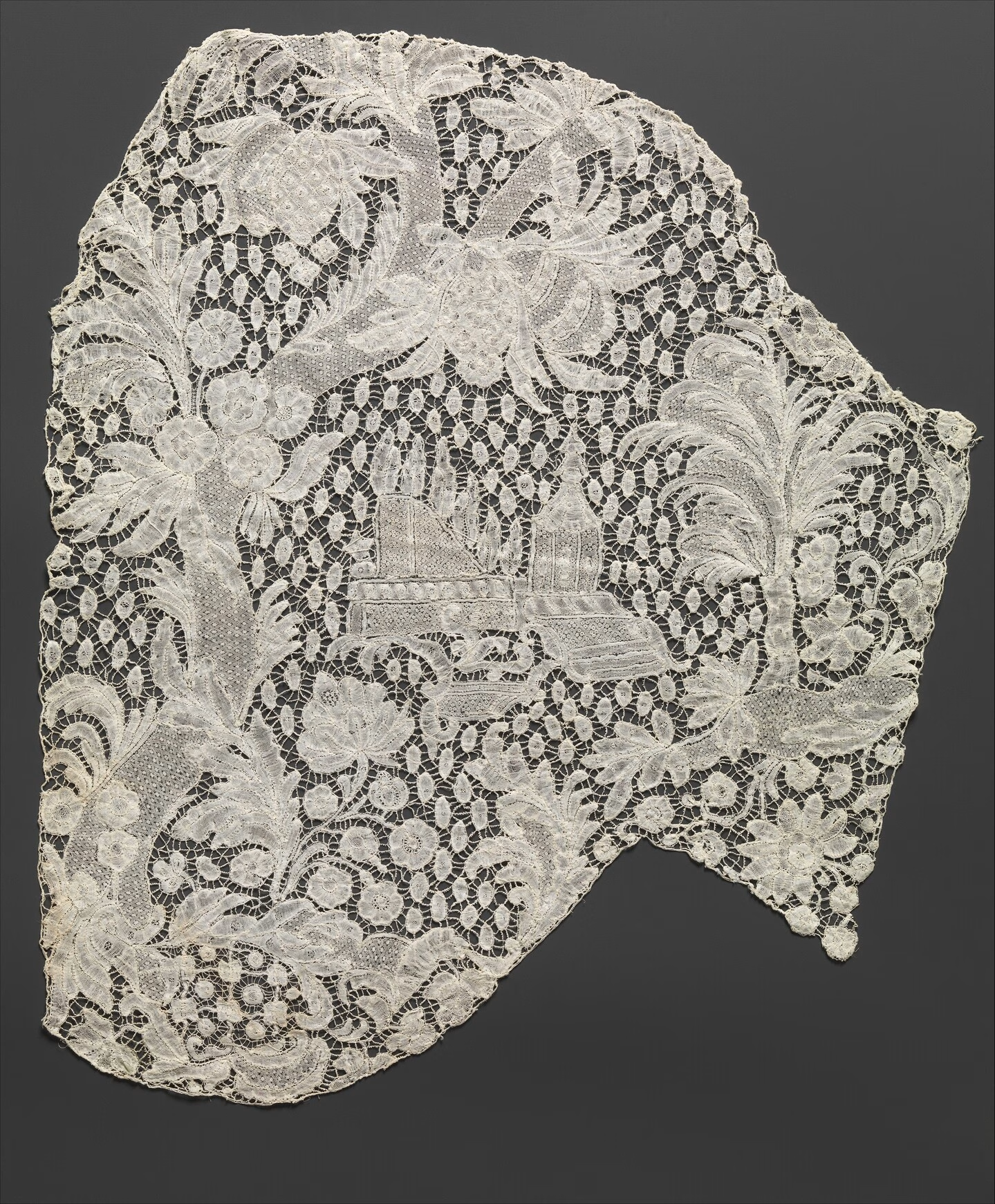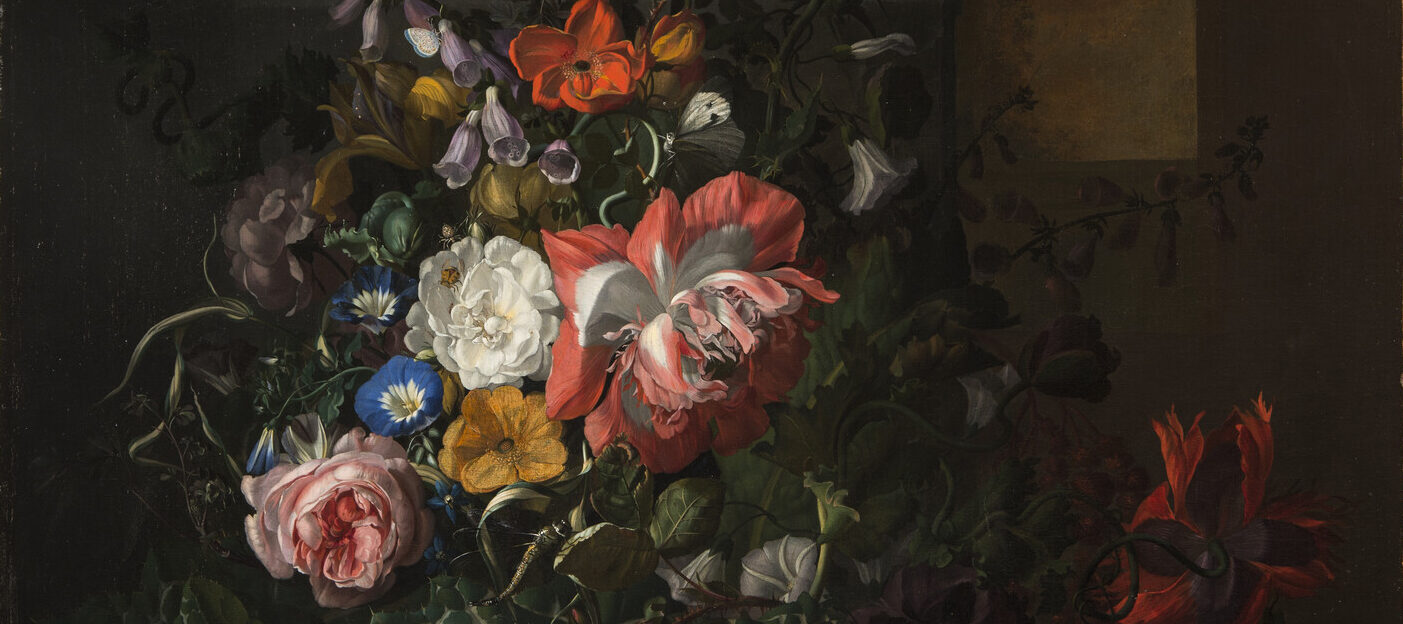Women played a vital role in shaping the visual culture of the Low Countries, present-day Belgium and the Netherlands, during the 17th and early 18th centuries. Women Artists from Antwerp to Amsterdam, 1600–1750 is the first-ever survey exhibition of women artists from this region and time period. Including more than 40 artists, with many works on view in the United States for the first time, it demonstrates that women were an active and consequential part of one of the most robust and dynamic artistic economies of the era.
Read on for an overview of the exhibition and check back for deep dives into the exhibition’s themes in a special four-part blog series.

All in the Details
The current popular understanding of Dutch and Flemish visual culture of the period has been shaped primarily by blockbuster monographic exhibitions of male painters. As a result, many people are familiar with male artists of this era such as Peter Paul Rubens (1577 to 1640) and Rembrandt van Rijn (1606 to 1669), but few have heard of even the most prominent women artists who worked during this time. While museums have organized a limited number of important monographic exhibitions on Dutch and Flemish women painters, most notably Judith Leyster (1609 to 1660), Clara Peeters (ca. 1587 to after 1636), and Michaelina Wautier (1614 to 1689), their names are still relatively unknown to the public.
This trend reflects a longstanding bias in art historical literature against not only women, but also certain mediums: painting sat atop an artistic hierarchy conceived during the Renaissance, and other creative endeavors were neglected. Within this limited scope, it is impossible to gain an accurate picture of the past. The works presented in Women Artists from Antwerp to Amsterdam, 1600-1750, therefore, include not only painting, sculpture, and printmaking, but also paper cutting, calligraphy, and textile arts such as lace and embroidery. These wide-ranging art forms help to bring women’s achievements into clearer focus.
Within thematic sections: “Presence,” “Choices,” “Networks,” and “Legacy,” this exhibition juxtaposes works in multiple mediums by different makers across material, geography, and social status. It demonstrates that women did not work in obscurity or isolation but were integral to the production, sale, and consumption of luxury goods. Women artists of this period were many, with unique, multifaceted lives; these individuals come into full view when considered in context with one another and the world in which they lived.

Presence
The first section provides evidence, both textual and visual, for the public acclaim and recognition that many women artists of this era received during their lifetimes. Portraits and self-portraits by artists such as Judith Leyster (1609 to 1660), Maria Schalcken (ca. 1645/50 to ca. 1700), Maria van Oosterwijck (1630 to 1693), and Wallerant Vaillant (1623 to 1677) speak to how these women were viewed by their peers and themselves.
Choices
The options available to women artists in this period depended largely on their social class. For women of the Low Countries, opportunities for artistic advancement and independence varied greatly, largely based on family connections and socioeconomic status. The works in this section tell the stories of women, both named and unknown, who created under varying conditions.

Networks
Women were crucial to the artistic economy of the Low Countries, and their labor was a significant factor in the unprecedented expansion of trade and the thriving market for art and luxury goods in this era. Women painters and printmakers, for example, catered to the art market just as their male counterparts did, innovating and adapting along the way.
Legacy
This section explores the legacies of women artists and examines the processes by which they have been marginalized in art historical narratives over the last three hundred years. It demonstrates the impact of gender on an object’s value by providing examples of the relative values of items made by women during their own time, as well as in today’s art market and cultural institutions.

Unforgettable
By reclaiming the lives and legacies of women artists, we can begin to recover the broader significance of women to the cultural landscape of this period and ultimately gain a deeper appreciation of the richness of the visual culture of the Low Countries. The inclusion of women and their contributions can only strengthen our understanding of Dutch and Flemish art and culture, ensuring that their presence remains unforgettable from this point forward.
